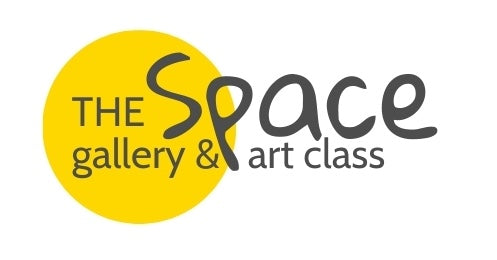
Do you know what ebru art is?
Share
Ebru painting is a distinctive genre of aqueous art used to produce mesmerizing works. Particularly popular in Turkey and Central Asia, Ebru paintings are produced using dyes, a water-based solution, and a set of unique tools. Ebru artworks are created by transferring designs, patterns, and motifs onto sheets of paper, fabric, and other canvases.
The special tools of the trade are brushes of horsehair bound to straight rose twigs, a deep tray made of unknotted pinewood, natural earth pigments, cattle gall and tragacanth.
A brief of history…
It is believed to be invented in the thirteenth century in Turkistan. This decorative art then spread to China, India and Persia and Anatolia.
Seljuk and Ottoman calligraphers and artists used marbling to decorate books, imperial decrees, official correspondence and documents. New forms and techniques were perfected in the process and Turkey remained the centre of marbling for many centuries.
Up until the 1920's, marblers had workshops in the Beyazit district of Istanbul, creating for both the local and European market, where it is known as Turkish marble paper.

"Ebru has perpetually changing harmony, and requires great dedication and patience." Mustafa Duzgunman
To create an Ebru painting, the artist employs a unique process unlike that of any other art form :
- First, the artist mixes water with pigment and tragacanth, a natural gum that gives the water a degree of viscosity
- Once the artist has completed this one-of-a-kind “painting” process, a sheet of paper is carefully placed on top of the size in order to transfer the image.
- After the sheet is removed from the liquid, it is left to dry.

Famous Ebru artists:
- M. Duzgunman
- F. Başar
- T. Balcıoğlu
- H. Barutçugil
- F. Çalkanoğlu
- N. Sönmez
- M. Özcan
Ebru artists, apprentices and practitioners consider their art to be an integral part of their traditional culture, identity and lifestyle.
Their knowledge and skills, as well as the philosophy behind this art, are transmitted orally and through informal practical training within master-apprentice relationships.

The tradition is practised without barrier of age, gender or ethnicity, and plays a significant role in the empowerment of women and the improvement of community relationships.
"In my opinion ebru art is the most compatible with us and our nature. Colours and water have an important effect on human psychology and human soul. Ebru is a technique that permits new things to happen, so we can easily be surprised." Songül Sonmez
Reference
